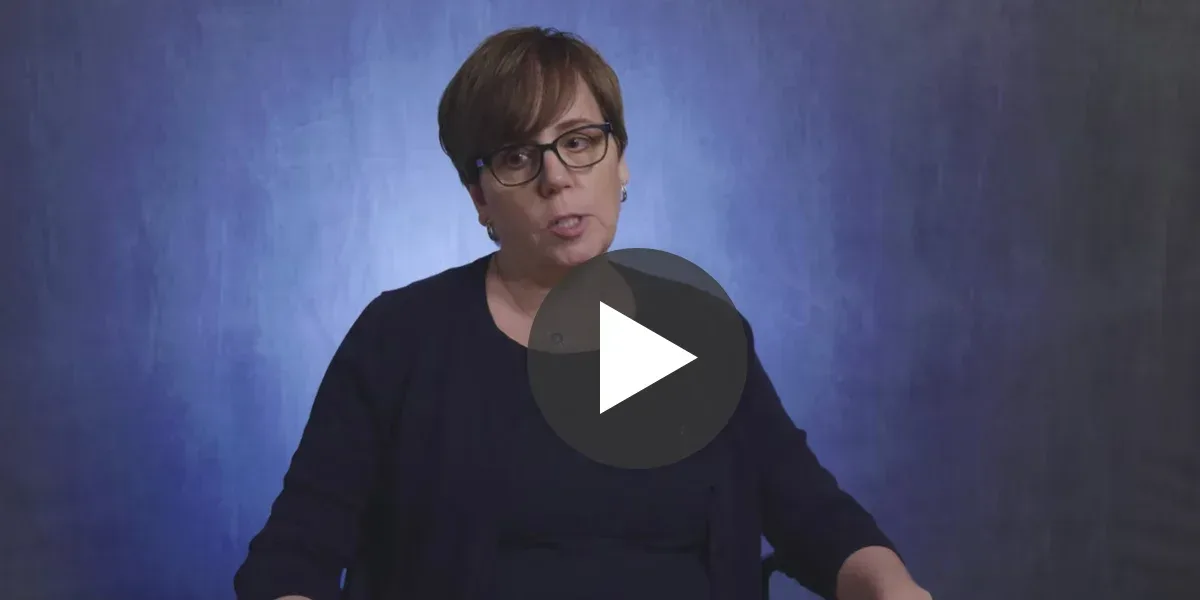Kelly Layton has over 23 years of experience and leadership in case management, utilization management, discharge planning, and hospital operations. Most recently, she served as Director of Inpatient and Post-Acute Care Management at Penn Medicine Princeton Health, where she had led the transition to CORTEX (now known as Dragonfly) in 2017 and served as director until late 2020.
In 2020, Kelly joined the Xsolis team to focus on provider clients: she works closely with the Account Management team to help optimize their use of the Dragonfly platform and ensure they reap impactful, tangible outcomes.
Before Xsolis
Could I really say I knew that everyone in the building was in the right status at the right time? This was the question I found myself asking in 2017, and my answer was, no. Using traditional criteria constantly put our team in a reactionary stance. Without real visibility into helpful analytics, we had to manually data dive day after day, under pressure to turn the light green. I knew there had to be a better way to utilize the critical data we had flowing through our EMR.
Later that year, I discovered and implemented Dragonfly Utilize, formerly CORTEX.UR from Xsolis. We needed a new perspective on case management all together. It was critical to be able to get our patients in the right status at the right time. Dragonfly Utilize applies Artificial Intelligence to shape and deliver usable insights from the massive volume of EMR data. Dragonfly was nothing less than a total game-changer for our organization.
Starting with a Clear View
With Utilize, I began the day in the Work Queue Dashboard. This gave our team a bird’s eye view to understand priorities from the start and to drive action throughout the day. Previously, starting the day with a printed patient census and manual review into EMR’s was the norm. These reviews would regularly consume hours per team member, every day.
With Utilize I was able to create custom notifications/alerts to automatically flag critical changes I wanted the team to be aware of and address. My five favorites were: New Admissions, Status Conflict-INPT, Status Conflict-OBS, Readmissions, and Approaching 2MN. Over time, I saw the stress level of the team decrease as they knew that UDragonfly tilize was working for them to deliver critical patient insights through its always-on background analytics computing.
Doing the work
To be clear, Dragonfly Utilize does not do all your work for you, rather it enables you to do great work. Instead of having to “mine” charts all day, the team was able to institute bedside rounding and connect with their patients on a daily basis due to the drastically reduced administrative workload. Returning the focus to the patient has been a huge benefit, not only for the patients but also for my team. It helped us do better work and offered a deeper sense of satisfaction in patient care.
When you start to understand Dragonfly you’re able to think outside the box. You have the ability to understand the patient needs in a new way, truly changing the dynamic of the patient-case management relationship. Patients saw our team as a real resource helping them plan their stay and immediately begin helping with a transition of care.
Growing with Actionable Insights
There are so many more ways that Dragonfly Utilize helped my team. The Care Level Score (CLS) helped increase our INPT accuracy (reducing denials) and increase appropriate OBS conversions by a significant margin. The financial benefits were irrefutable, but for my team, it was more than that: for the first time in my career I could speak to the volume in the building – each patient was in the right status at the right time – and actually understand the critical issues.
Watch or listen to Kelly’s webinar on a day in the life of a Director of Case Management.
